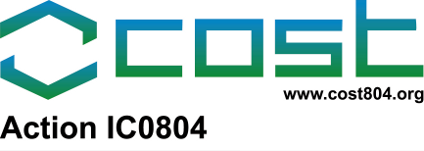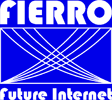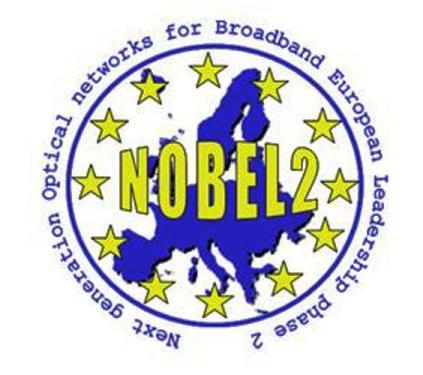 Energy efficiency in large scale distributed systems
Energy efficiency in large scale distributed systems
23 January 2009 – 4 May 2013
ICT Action IC0804
This COST Action will propose realistic energy-efficient alternate solutions to share IT distributed resources. While much effort is nowadays put into hardware specific solutions to lower energy consumptions, the need for a complementary approach is necessary at the distributed system level, i.e. middleware, network and applications. The Action will characterize the energy consumption and energy efficiencies of distributed applications. Then based on the current hardware adaptation possibilities and innovative algorithms it will propose adaptive and alternative approaches taking into account the energy saving dimension of the problem. The Action will characterize the trade-off between energy savings and functional and non-functional parameters, including the economic dimension.
 Scalable Tunable and Resilient Optical Networks Guaranteeing Extremely-high Speed Transport
Scalable Tunable and Resilient Optical Networks Guaranteeing Extremely-high Speed Transport Future Internet: Eficiencia en las redes de altas prestaciones
Future Internet: Eficiencia en las redes de altas prestaciones Building the future optical network in Europe
Building the future optical network in Europe Towards Digital Ooptical Networks
Towards Digital Ooptical Networks Optical Networks: Towards Bandwidth Manageability and Cost Efficiency
Optical Networks: Towards Bandwidth Manageability and Cost Efficiency Next Generation Optical Networks for Broadband European Leadership – phase 2
Next Generation Optical Networks for Broadband European Leadership – phase 2